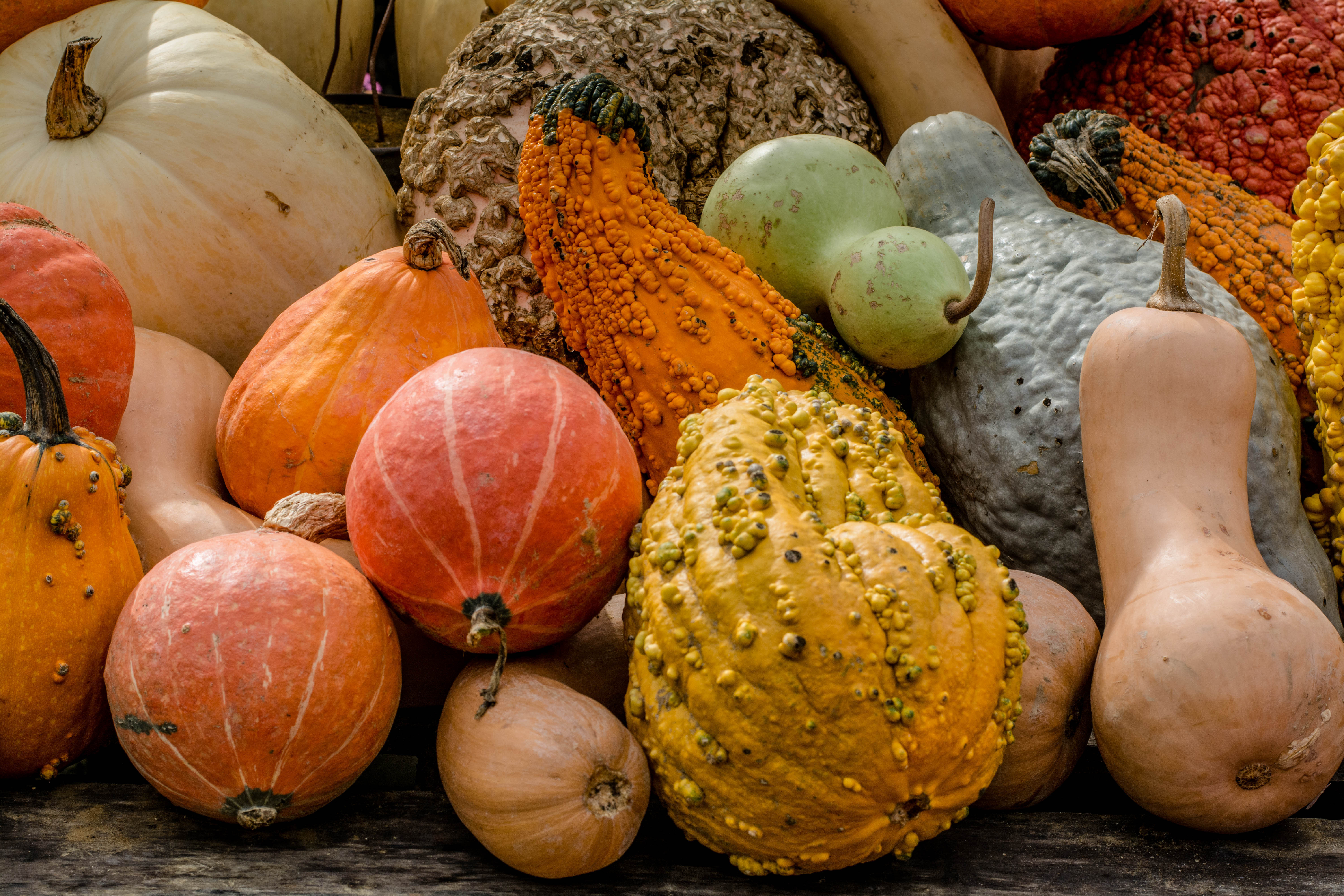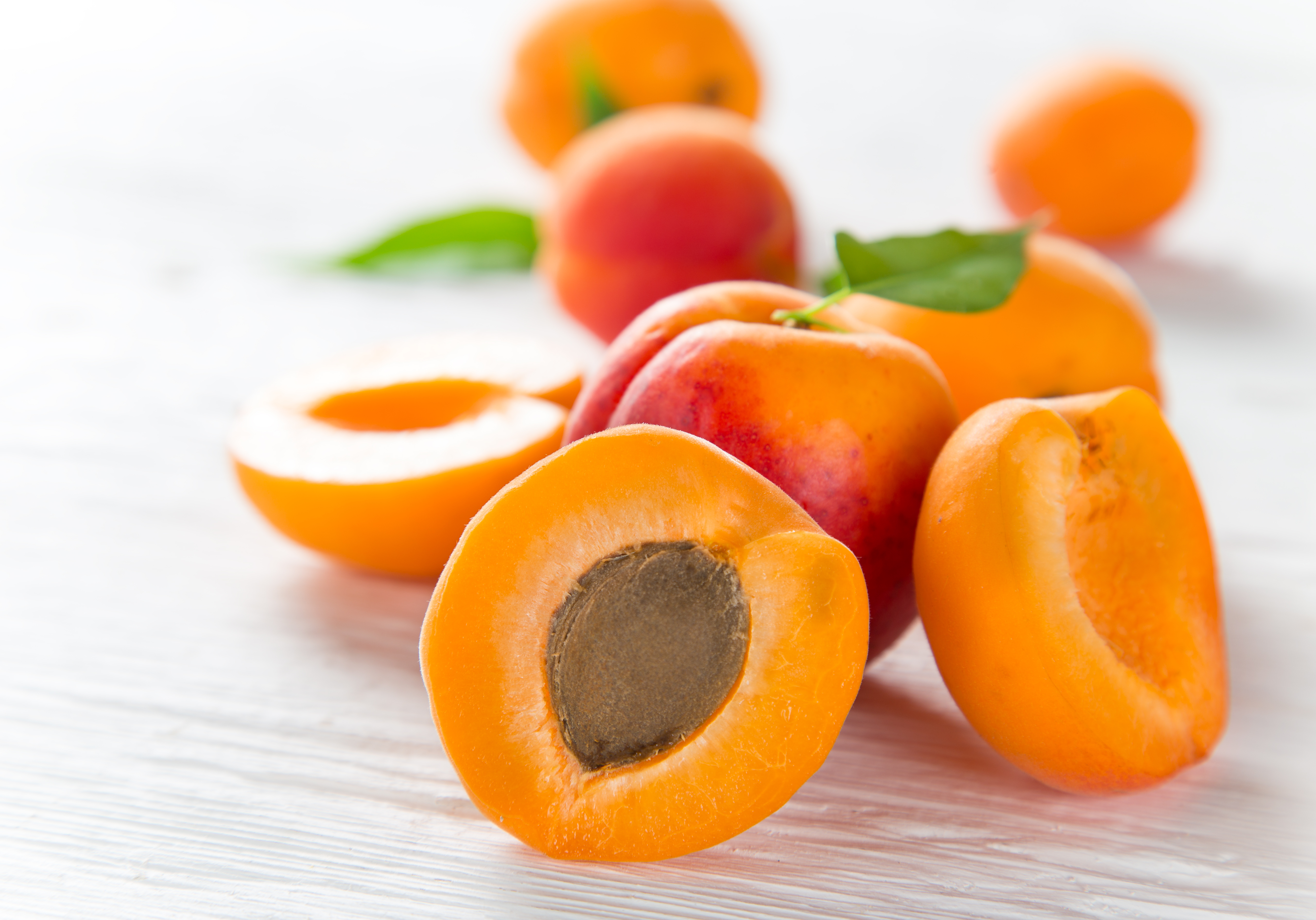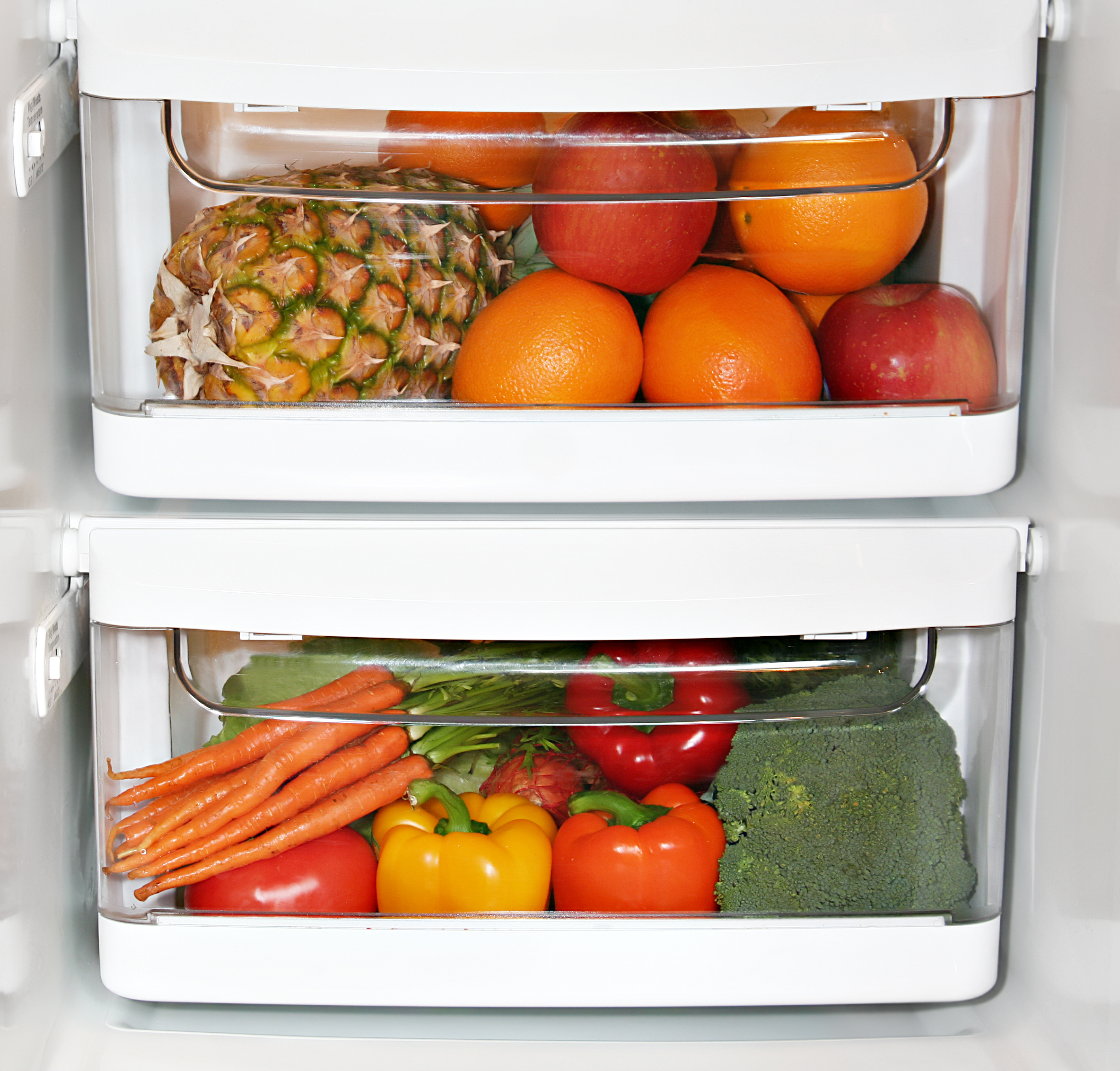How Should I Store My Fruits and Vegetables?
How to store produce
- Refrigerate all produce that is pre-cut or peeled.
- Keep fruits and vegetables in separate drawers.
- Use the oldest produce first. This applies to fresh, frozen, canned, and dried fruits and vegetables.
- Store perishable fruits and vegetables (like berries, lettuce, and mushrooms) in a clean refrigerator at a temperature between 34-40°F.
- For produce best stored at room temperature, store between 50-70°F. Use within a few days after the fruit or vegetable is ripe.
- See below for different fruits and vegetables.
- Store at 0°F or less.
- Use before the 'use by' date on the package for best quality.
- As a rule, use within 6 months.
- Store at room temperature (50-70°F) in a cool, dry, dark place.
- Use before the 'use by' date for best quality.
- Most canned goods have a shelf life of about 2 years.
- Most dried produce will last 4-12 months.
How to clean produce
- Wash produce right before preparing it for eating.
- Never use detergent, soap, or commercial produce cleaners to wash produce. Instead, rinse under running water immediately before use.
- Rinse fruit and vegetables with skins and rinds that are not eaten (like melons and oranges), since dirt and bacteria can be transferred from the knife onto the fruit or vegetable when it is cut.
More tips for the best produce
- Prepare only the amount of produce you will eat at one meal.
- Don't store mushrooms in a paper bag. Store loose mushrooms in a partially opened plastic bag. When possible, store mushrooms in their original container. Cover with plastic wrap once the package has been opened.
- For berries, cherries, peaches, pears, etc., discard any moldy fruit. The mold will spread quickly to the rest of the fruit stored in the same container or bag.
- Wrap uncut cantaloupe and honeydew to prevent the smell of these melons from spreading to other foods.
- Transfer opened canned fruits and vegetables to a glass or plastic container to avoid a metallic taste from the can. Cover and refrigerate.
Storage Recommendations for Fruits & Vegetables

|
Store at room temperatureMany fruits and vegetables should be stored at room temperature until they are cut. Refrigeration can cause cold damage or prevent them from ripening to good flavor and texture. For example, pink tomatoes ripen to a better taste and red color if they are left at room temperature. Even red tomatoes kept in the refrigerator lose their flavor. Keep fruits and vegetables away from direct sunlight. |

|
Ripen on the counter first, then refrigerateTo prevent moisture loss, store fruits and vegetables separetely in a paper bag, partially open plastic bag, or bowl on the counter away from sunlight. Ripening fruit in a bowl or paper bag can be enhanced by placing an apple with the fruit to be ripened. After ripening, store in the refrigerator and use within 1-3 days. |

|
Store in the refrigeratorStore all cut fruits and vegetables in the refrigerator. Place fruits and vegetables in separate, partially open plastic bags. Use within 1-3 days for maximum flavor and freshness. Store fruit and vegetables in separate drawers. |

 You may require
You may require